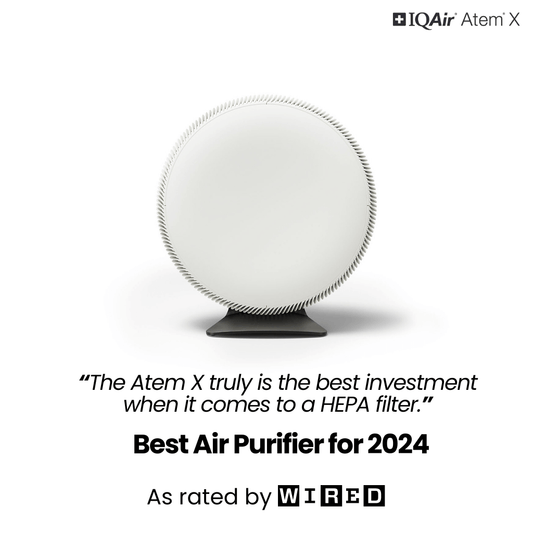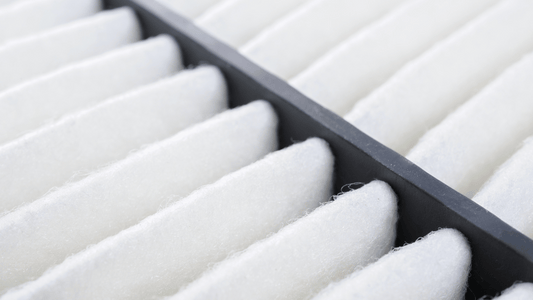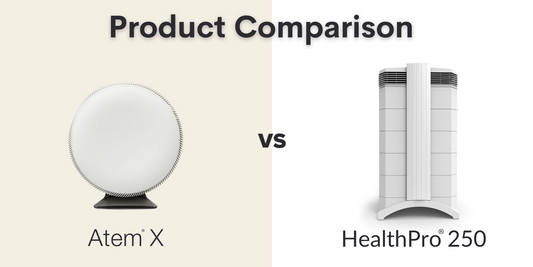Lung disease now accounts for one in 10 deaths in Europe, with smoking and other types of pollution such as poor indoor air pollution being a major factor. The health toll of indoor and outdoor air pollution is immense. Figures regarding the death from air pollution come from the European Respiratory Society and are published in the European Lung White book, which draws on the latest data from the World Health Organization and the European Centre for Disease Prevention and Control.
Within this statistic, there are some significant country variations in lung disease mortality. Lung disease is defined as lower respiratory infections, Chronic Obstructive Pulmonary Disease (COPD), lung cancer and tuberculosis. The European region stretches from the Atlantic to Central Asia. Within the European Union deaths from lung disease is 1 in 8. Belgium has the highest rate at 117 deaths per 100,000 of the population, while the rate in the UK is 112 per 100,000. Finland and Sweden have the lowest mortality rates at 53.7 and 55.7 per 100,000. The British Lung Foundation, commenting on the report, says that if you look at all significant forms of lung disease, then the burden of in the UK is as high as 1 in 4 lives claimed – which is as many as are killed by all non-lung-related forms of cancer put together.
So what does the White Book actually say about air pollution and lung health? The report has separate sections on the outdoor and indoor environment.
Outdoor environment
Air pollution is a complex mixture and it is difficult to separate out the different health effects of a single pollutant on an individual. Below is a summary of what we do know, from research, of the health impact of the main components of outdoor air pollution.

The report notes that the overall effect of pollution on mortality is far greater than that which is attributed to acute exposures. In general, respiratory disease is less often the cause of death than cardiovascular disease and the two are often combined in the category of cardiopulmonary mortality.
There are also some interesting observations about children’s health. Children are more active and more likely to be active outside than adults. They breathe faster and have a higher metabolic rate. This makes their overall exposure burden higher. The immune system of a child is not yet fully developed so they are more prone to respiratory infection anyway. Added to this, their lungs are still growing. So the impact of outdoor pollution on children can be expected to be much greater than on an adult. Of particular note is recent research that suggests that exposure to road traffic-related pollutants such as ultrafine particles, black carbon and particle-bound metals, can actually cause childhood asthma.
In adults, the most important risk factor for respiratory disease is smoking. Air pollution and smoking have similar impacts (indeed, smoking itself is a form of air pollution) and they are likely to interact. For instance, lung cancer is relatively rare among those who do not smoke. However, it has been noted that every 10µg/m3 increase in PM2.5 levels is linked to an 8 per cent increase in lung cancer incidence, while a 10µg/m3 increase in nitrogen oxides is linked to a 3.7 per cent increase in lung cancer. It is also noteworthy that particles, especially those that are emitted from diesel engines, are loaded with carcinogens – so much so that the Californian Environmental Protection Agency and the International Agency for Research on Cancer both list diesel exhaust as an established carcinogen.
The large-scale European Study of Cohorts for Air Pollution will provide additional evidence on the long-term impact of air pollution on a range of chronic diseases, including asthma, COPD and lung cancer. The White Book report on the outdoor environment concludes: 'Despite many unanswered questions, the evidence is sufficient to advocate sustained improvements of air quality across Europe.'
Indoor environment
On the indoor environment, the White Book notes that some pollutants are 2 to 5 times more concentrated inside than outside buildings. Moreover, people spend most of their time indoors and therefore exposure to pollutants is longer. Indoor exposure occurs mainly in homes, workplaces and schools, and also in day-care centres, social recreation settings and in microenvironments such as cars, buses, subways, trains and aeroplanes.
Indoor air pollution increases the risk of many respiratory problems, from an allergy to cancer and it is the eighth most important risk factor for disease, accounting for 2.7 per cent of the global burden (4 per cent in less developed countries). This translates into 1.5 to 2 million deaths per year.
Indoor air pollution results mainly from human activities such as cooking, cleaning and smoking. There are also a number of natural indoor pollutants such as mould spores, radon and allergens. The European Commission's Scientific Committee on Health and Environment Risks reported that there are more than 900 different compounds in indoor air (not all of the pollutants).
The White Book has a number of suggestions for improving indoor air quality – namely:
- Looking at home-based multicomponent interventions, such as keeping away from wood stoves, installing non-polluting heating, mechanical ventilation and air purifiers.
- Increasing ventilation to be as good as, or better than, currently adopted standards.
- Education on exposure to indoor allergens, including environmental tobacco smoke.
In conclusion, the report notes that public health action and policy should be grounded in science (just as medicine is becoming, increasingly, evidence-based). Although much research is still needed, particularly in indoor air pollution, the experts think there is enough evidence of the health hazards to push for stronger air quality control policies all across Europe. They would like to see healthcare professionals arguing for improvements in the way they took on the case for tobacco control – for the health implications of pollution are as serious as those of smoking.



